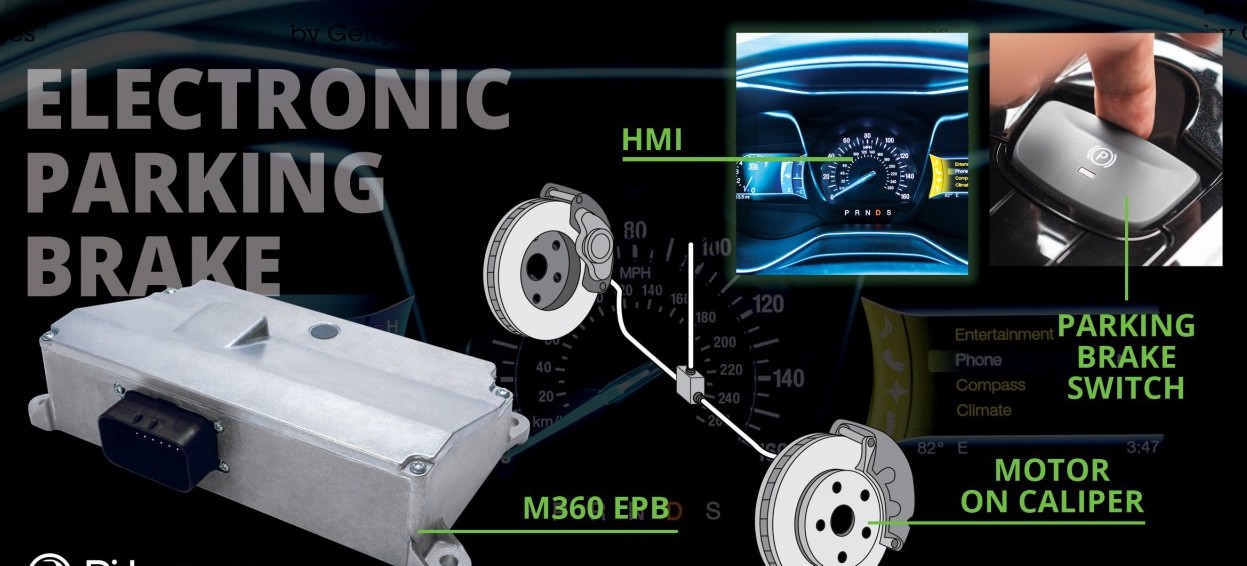Electric handbrakes

The electric handbrake, also known as the electric parking brake (EPB), is an innovative tool that was first installed in the 2001 BMW 7 Series. It has been slowly replacing the standard manual variant ever since. Their basic functionality is similar, but instead of pulling a lever, like for a manual handbrake, the driver pushes a button. An electronic control unit (ECU) then activates the holding mechanism that applies the brake pads to the rear wheels.
How electric handbrakes work tends to be very similar. Electronic handbrakes have an interface, usually a button, by which the driver can activate them, as well as an actuator mechanism. There are two main types of mechanisms by which an EPB may be engaged, those based on cables and those on calipers. Cable puller systems operate via a parking brake cable that activates the brakes upon being pulled taught. Electric parking brakes with caliper integrated systems instead use a brake caliper actuated by a motor that engages the brakes.
In both cases, the signal from the interface is routed through an ECU. This may either be part of the electric parking brake or integrated into the electronic stability control ECU.
ADDITIONAL FEATURES
Electric parking brakes have additional features that distinguish them from regular handbrakes. Due to their electronic nature, the electronic handbrakes are usually associated with an indicator light on the dashboard showing that the brake is engaged. Because the entire device is electronic, the driver can tell more easily that the car is securely held in place than with a manual parking brake.
EPBs can also come equipped with an auto hold or a hill start function. Electronic parking brakes with auto hold prevent cars from rolling away while standing still or as the driver is about to get going. Hill start or hill hold functions operate in a similar manner but are specifically intended to prevent the car from rolling away while starting on a slope.

 Loading..
Loading..